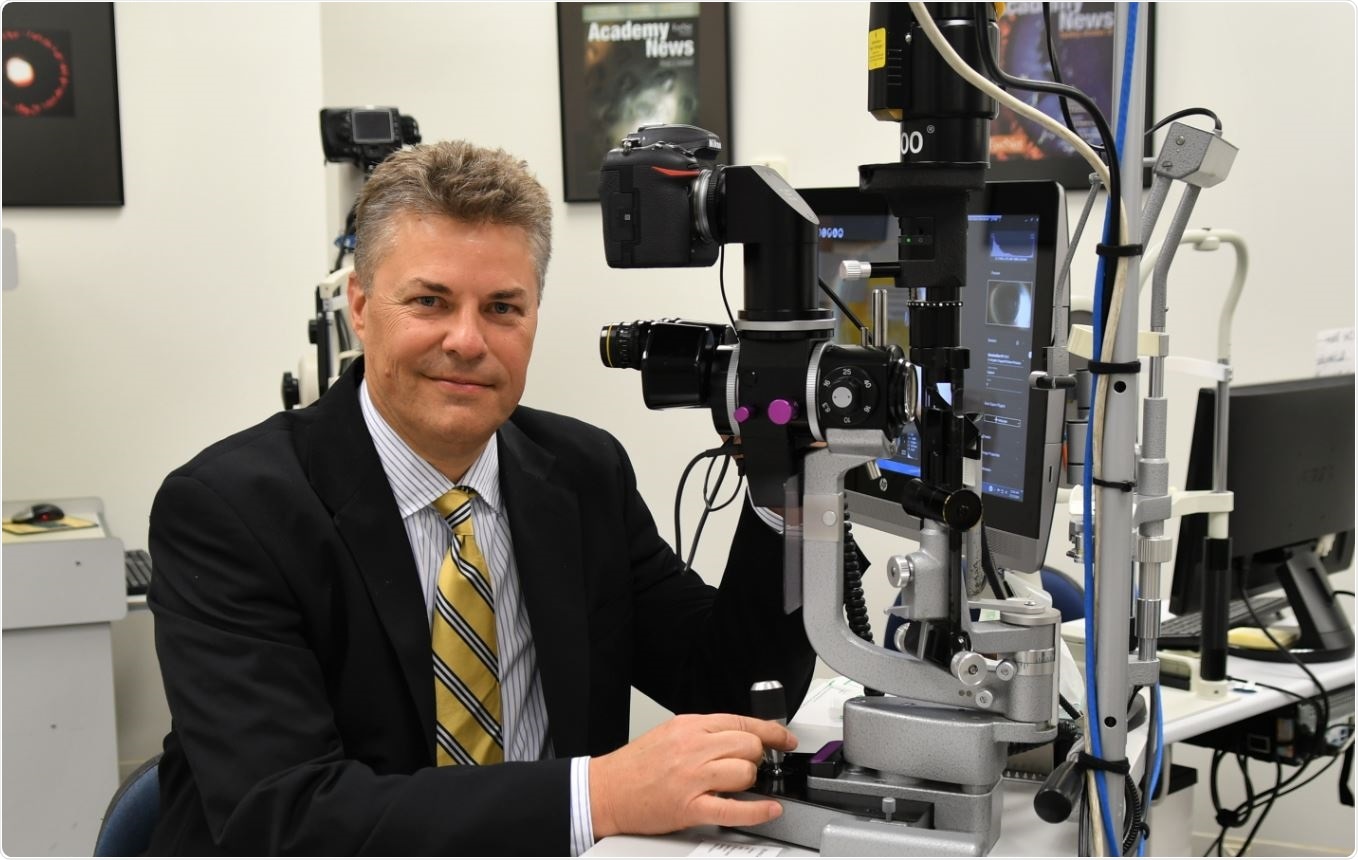The latest investigation into a promising new genetic test for glaucoma - the leading cause of blindness worldwide - has found it has the ability to identify 15 times more people at high risk of glaucoma than an existing genetic test.

Professor Jamie Craig, Department of Ophthalmology, Flinders University. Image Credit: Flinders University
The study, published in JAMA Ophthalmology, builds on a long-running international collaboration between Flinders University, the QIMR Berghofer Medical Research Institute and other research partners around the world to identify genetic risk factors for glaucoma.
Early diagnosis of glaucoma can lead to vision-saving treatment, and genetic information can potentially give us an edge in making early diagnoses, and better treatment decisions."
Owen Siggs, Lead Researcher, Associate Professor, Flinders University in South Australia and the Garvan Institute of Medical Research in Sydney, NSW
Senior author, Flinders University Professor Jamie Craig, says the latest research highlights the potential of the test in glaucoma screening and management.
"Genetic testing is not currently a routine part of glaucoma diagnosis and care, but this test has the potential to change that. We're now in a strong position to start testing this in clinical trials," says Professor Craig, a consultant ophthalmologist who also leads a in world-leading glaucoma research program at Flinders University.
The latest results benchmarked the performance of genetic testing on 2507 Australian individuals with glaucoma, and 411,337 individuals with or without glaucoma in the UK.
One in 30 Australians will ultimately develop glaucoma, many of whom are diagnosed late due to lack of symptoms.
Once diagnosed, several treatment options can slow or halt the progression of glaucoma vision loss.
The new test, performed on a blood or saliva sample, has the potential to identify high-risk individuals before irreversible vision loss occurs.
Members of the research team are also launching a spin-out company to develop an accredited test for use in clinical trials, with recruitment expected to begin in 2022.
Source:
Journal reference:
Siggs, O.M., et al. (2021) Association of monogenic and polygenic risk with the prevalence of open-angle glaucoma. JAMA Ophthalmology. doi.org/10.1001/jamaophthalmol.2021.2440.